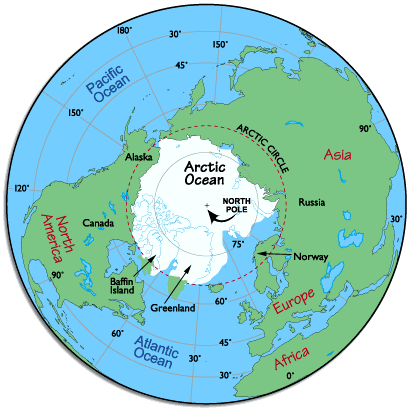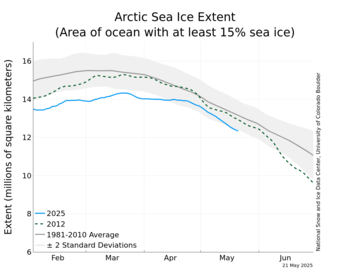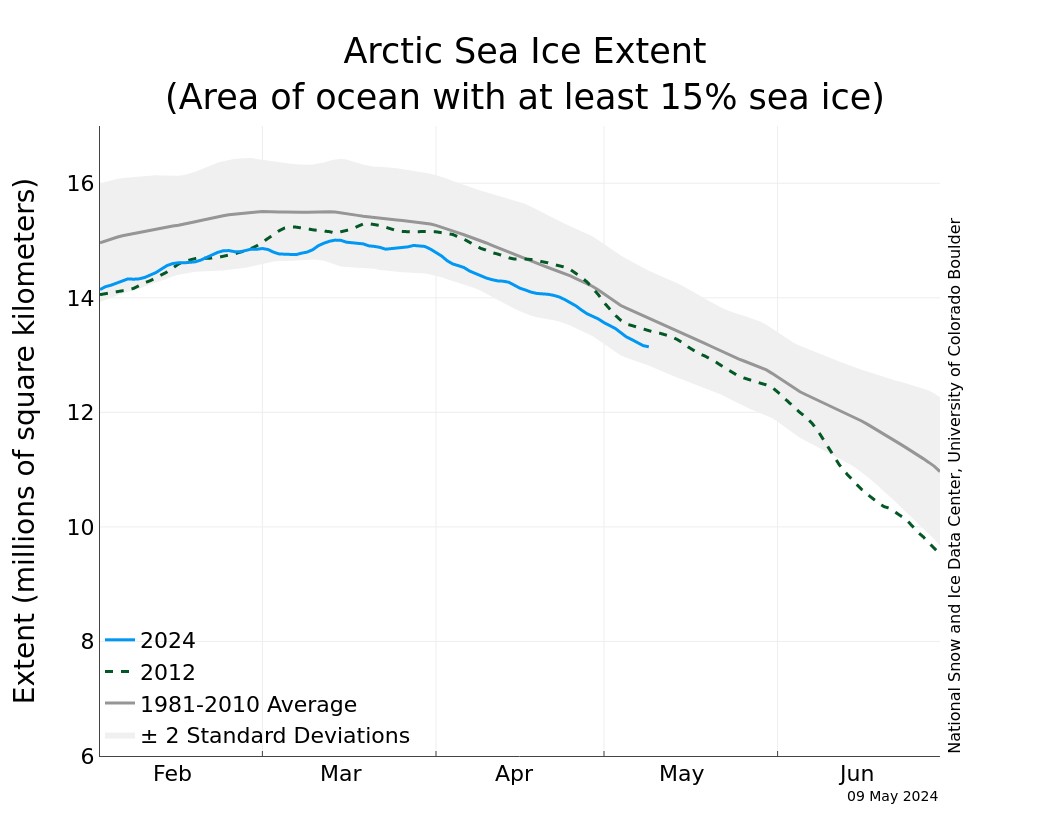Yes, I see Greenland, it is nowhere near the north pole, I know you can measure it with your....... and it seems like an inch away but that is a colored picture, not the earth. On the Earth, that there greenland is actually pretty far from the North Pole, hence nobody ever considers Greenland as being part of the Polar Ice Cap.LOLOLOL....it's actually really funny to watch you spew ignorant nonsense and then try to pretend you know more than everyone else....including virtually all of the world's climate scientists.....you are such a loon, Ejakulatra....where exactly do you imagine Greenland to be located anyway, numbnuts?
See the Arctic Circle....see Greenland....see the Arctic Ice Cap....LOL....see how stupidly ignorant you are....

So wrong about Greenland, is it possible you are confusing Arctic Sea Ice with the Polar Ice Cap.
Wikipedia? What is wrong, you lost your coloring book to reference?







